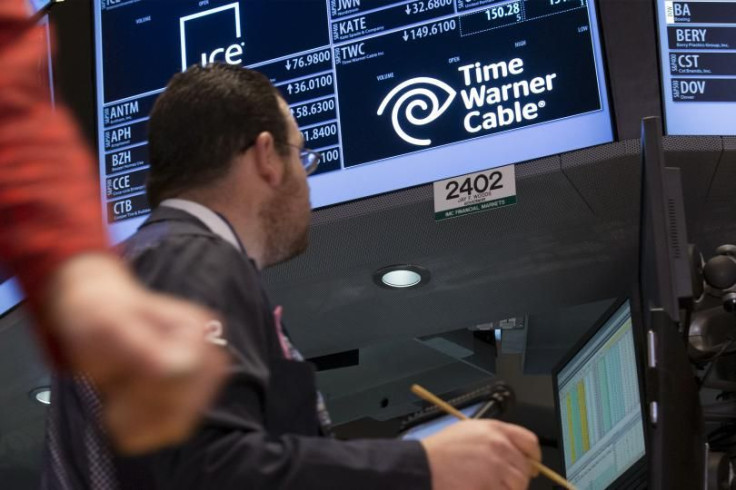What Cord-Cutting? Time Warner Cable Added 32,000 TV Customers In 2015

It isn’t quite time for the pay-TV industry to face the armies of analysts and shareholders waiting to drive down stock prices based on fears of cord-cutting (annual earnings reports won’t be released until closer to the end of the month), but Time Warner Cable has some good news to share. And Rob Marcus, the company’s chairman and CEO, said Monday he could no longer contain it.
Time Warner Cable, he said, actually added 32,000 net residential TV subscribers in 2015.
"We’re especially pleased that we were able to add residential video customers for the first time in nine years — a real milestone for our company and the industry," Marcus said in a statement. "Ordinarily we wouldn’t announce subscriber results until our earnings release, but given our results, I couldn’t wait to thank the team for its outstanding performance."
This is the first annual increase in net video subscribers by any cable provider since 2009, according to research from Leichtman Research Group (LRG). The last company to post an increase was Insight Communications, which was acquired by TWC in 2011. If you’re looking for the last net increase for a major cable player, says LRG President and Principal Analyst Bruce Leichtman, you’d have to go back to 2006, when Comcast and Cablevision posted gains. Comcast is the largest U.S. cable provider; TWC is the second largest.
And yet the clamor over cord-cutting is sure to continue.
Seasonal Affective Disorder, But For Companies
Pay-TV is a seasonal business that nearly always sees a downswing in the second and third quarters, and an upswing in the first and fourth. In the past, those lows were mostly offset by the highs. The last couple years, though, have seen the pendulum swinging less and less high.
The source for this growth probably isn't higher consumer demand. Rather, Leichtman says, the net adds are likely attributable to a shift in TWC’s business strategy — to push bundled internet and TV services. “They were really focusing on broadband, in many cases at the expense of the video side,” he adds.
As a result, 27.9 percent of TWC’s broadband customers are internet-only subscribers, meaning they don’t also get TV from TWC. For Comcast, which is much more aggressive about bundling its services, that percentage is only 18.8 percent.
The shift took place around the time Time Warner Cable and Comcast were attempting to merge. Like someone attempting to impress a potential romantic partner by binging on his or her favorite TV show, TWC adopted Comcast’s more bundle-centric approach to bringing in new customers. Comcast’s bid for TWC fell apart amid regulatory scrutiny in April 2015, but TWC has a new dance partner, Charter Communications, which has a similar pro-bundle strategy, and so TWC has stayed that course. Charter will likely see net adds as well, for the same reason as TWC.
“There’s tremendous power in the bundle,” Leichtman says. What he’s referring to isn’t the programming bundle everyone’s fighting over these days — which channels a provider carries — but the package of services offered by companies: TV plus internet, or TV plus internet plus phone, or some other combination thereof. Paying $30 per month more for TV and a landline and broadband than you would for broadband alone is still an attractive option for many consumers.
However, this doesn’t mean that the pay-TV industry overall is growing. “It’s interesting, but let’s not assume it means the end of cord-cutting,” Leichtman cautions.
Winners and Losers
The more likely scenario is that TWC’s gain is someone else’s loss. The losers in this case are probably telecommunications providers like Verizon FiOS and AT&T U-Verse. That segment saw a loss of 49,000 video subscribers in the third quarter of 2015.
“Share-shifting has been happening for the last year,” Leichtman says, sounding slightly annoyed at the wild mood swings of industry swamis. Share-shift happens when a sector becomes oversaturated, which many industry observers agree happened in the mid-to-late 2000s, and it’ll only continue, resulting in a Darwinian struggle as the industry naturally contracts.
“Are TV losses increasing? Yes,” says Leichtman. “But at a slower pace.”
© Copyright IBTimes 2024. All rights reserved.






















